Are you frustrated that your Wiffle ball is not curving? Well, you are not alone. It is a pretty common problem faced by wiffle ball users. Several things contribute to the functionality of Waffle balls. If one goes wrong, the ball will not curve properly.
A Wiffle ball is full of physics and mathematics. Understanding the mechanics behind wiffle balls is paramount to use them effectively.
Worry not; we have condensed the mechanics involved in the functioning of a wiffle ball and its anatomy in layman’s language for a better understanding.
The Basics & Science Behind Wiffle Balls
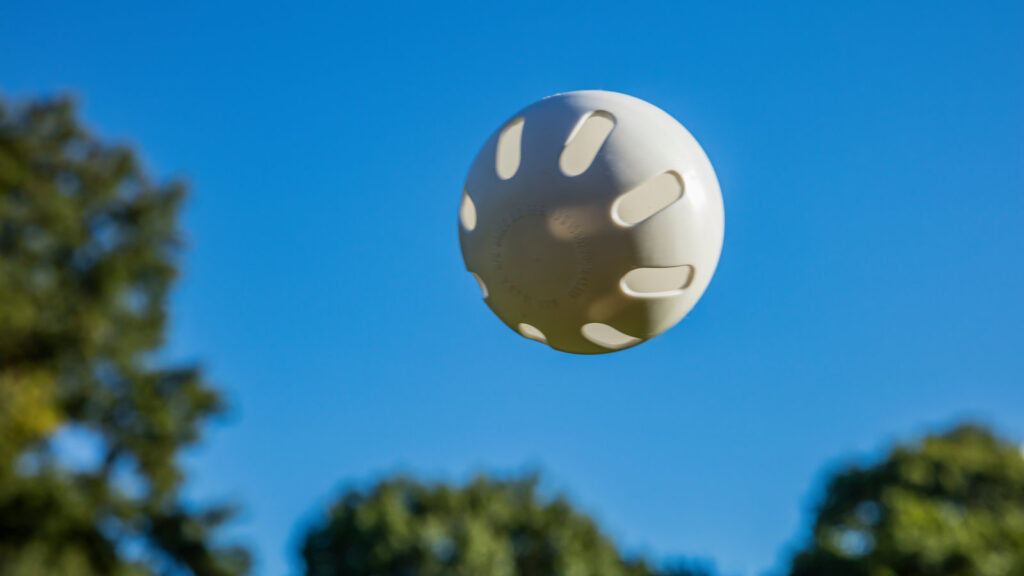
Wiffle balls are perforated baseballs introduced in 1953 in Fairfield, Connecticut. Wiffle balls are light and typically used for playing indoors. The perforations set them apart from baseballs. The holes let air pass through the ball, reducing wobbling. The holes enhance the playing experience and cause the ball to curve and break abruptly.
A waffle ball enhances grip, increases grip, and reduces drag, improving the overall gaming experience. Besides, the functionality of wiffle balls introduces fun and unpredictability to the game.
Wiffle ball has been tricking the batters since its invention. Only recently, scientists have found out the science behind them. There are holes only on one side of the ball; they increase turbulence while in flight over the other half—more turbulence results in less drag.
The holes let air pass through, creating vortices. The vortices have a huge impact on the ball’s direction. In simple terms, the holes enhance airflow, resulting in delivering a devilish pitch.
Some Common Reasons Behind Spinning Problems
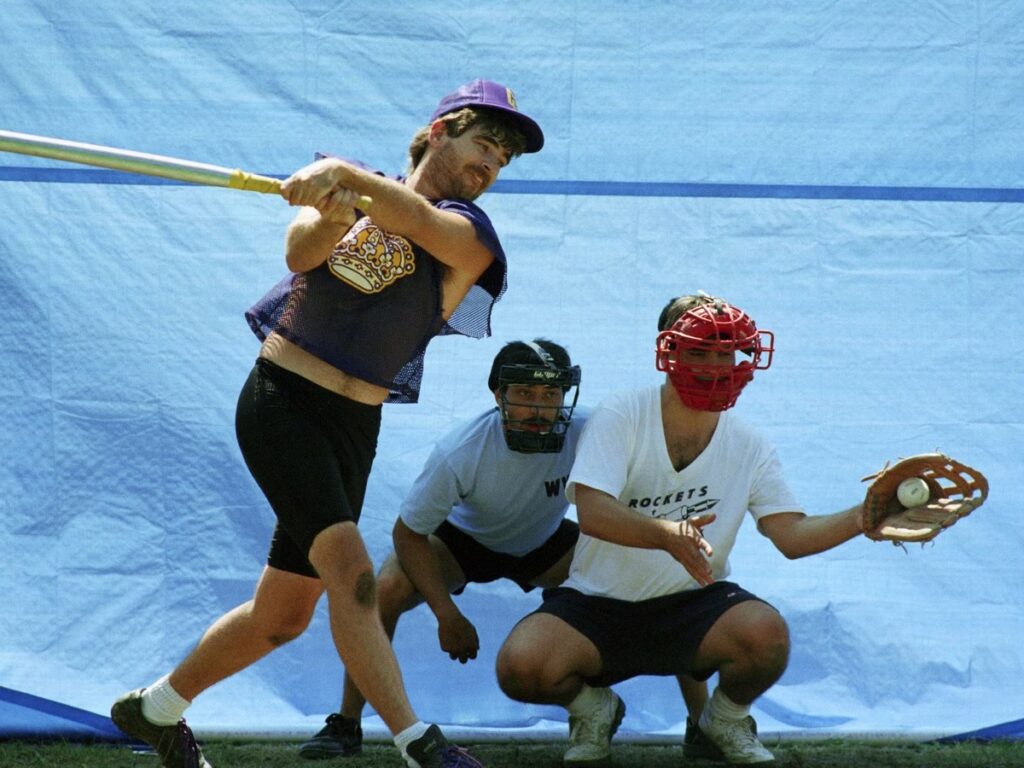
Identifying challenges in mastering the curveball technique in Wiffle ball: One of the first steps is to work on your pitch. Perfecting your technique is crucial for overcoming common spinning problems.
Reason 1 – Work on your pitch
Throwing a curveball is an art, and it takes years of experience to master it. Starting from holding the ball to snapping the ball downwards while throwing it, it needs to be done carefully to achieve the desired result.
Practice your pitch daily. Set a target in front of you and practice your pitch day in and day out. Over time, you can master it.
Reason 2 – Your ball is too smooth
Wiffle balls, with their light and smooth design, curve less than baseballs, which are made to curve. Because of the smooth surface, a wiffle ball lacks raised seams, which is crucial in curving the ball.
The lightweight design of Wiffle balls is one of the factors that prevent them from curving. Since the weight is less, the possibility of the Magnus effect is cut off—Magnus effect. When the mass is reduced, there is less force in the flight, resulting in fewer curves.
Reason 3 – The weather conditions are not ideal
Weather conditions such as temperature, humidity, wind, and altitude can have a huge impact on how the Wiffel ball curves. Pitchers must know the phenomena and practice their pitch accordingly to use the weather conditions effectively. The density of the air in different weather conditions determines the curve of the ball.
It is advised to practice every day until you ace the skill. Playing in every weather condition will help you understand how the weather condition influences the ball’s aerodynamics. Before playing, take time to understand the science behind the ball and the weather.
How Do You Throw a Curveball with a Wiffle Ball?
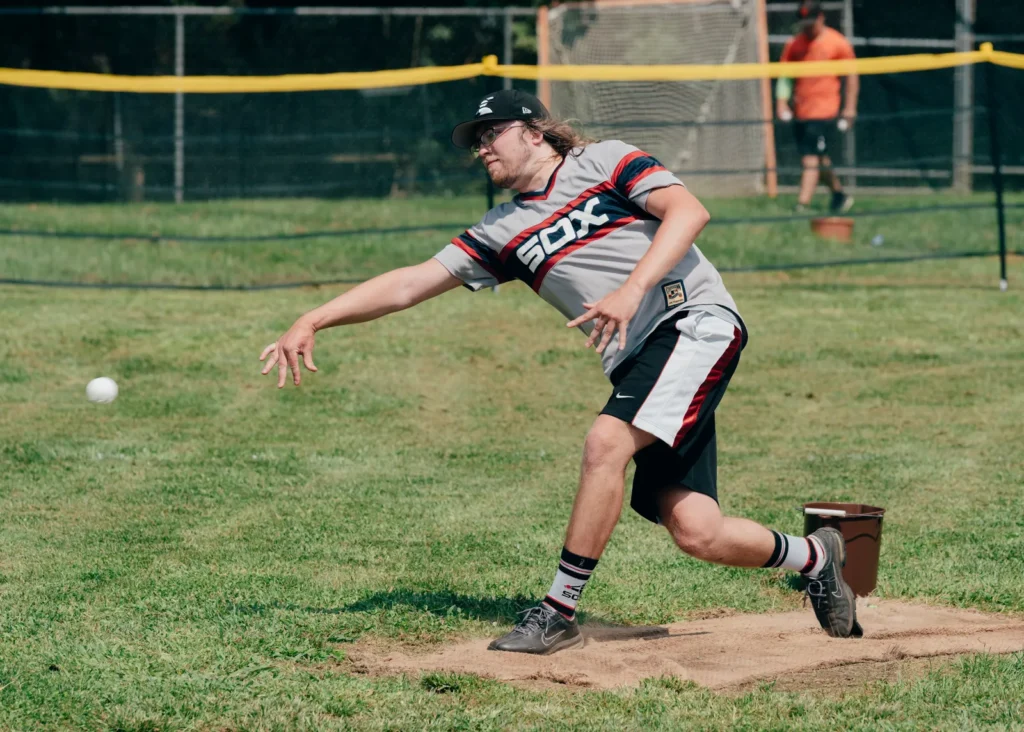
Follow the tips carefully to learn how to throw a curveball with a wiffle ball:
- Step 1 – Spread your fingers wide and grasp the ball with either your forefinger or your middle finger. Place your thumb at the bottom of the ball. Now, the ball is sitting comfortably between your fore or middle finger and your thumb. You can switch between the forefinger and middle finger.
- Step 2 – Hold the ball close to your body and pull your throwing hand back. Do not hold the ball too tightly.
- Step 3 – Fix the target (the strike zone). To prevent spasms, do a little warm-up by doing a circular motion with your hand.
- Step 4 – Retract your steps and throw the ball. While doing so, snap your wrist downwards to the side. Make sure you focus entirely on spinning the ball and not on throwing it fast.
How to Maintain Wiffle Balls?
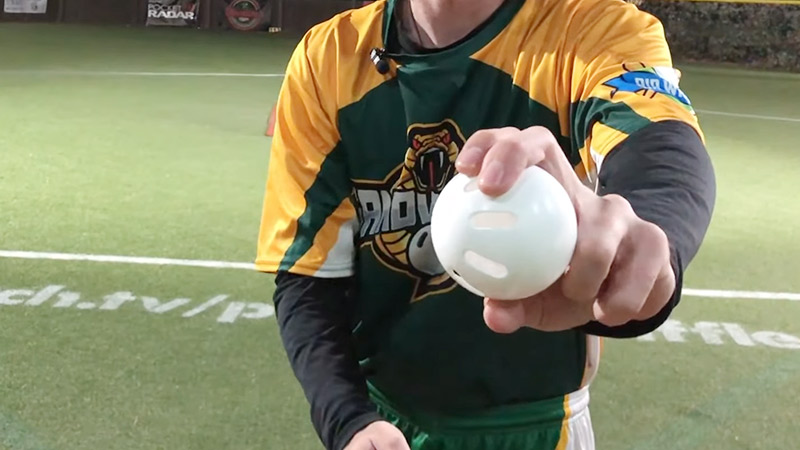
- When not in use, it is advised to store them in a cool and dry place. Avoid direct sunlight since it may damage the plastic.
- After every use, use a damp cloth to wipe down the dirt and debris accumulated.
- A rough ball is more likely to curve than a normal ball. So, scuff them well to increase grip and performance. While doing so, be careful not to damage the ball.
- Before every use, inspect for cracks and tears; if you find one, immediately discard it.
Final Thoughts
Spinning a wiffle ball is an art that cannot be mastered in a matter of time. It takes years of dedication and practice to master it. For you to ace the skill, you have to understand the science behind it.
Check and modify your pitching occasionally, ask for feedback from your pitching partner, check whether the ball is too smooth since a smoother ball is less likely to spin, and scuff the ball gently to achieve the desired outcome. Understand the weather conditions properly to master the skill. Take care and maintain your wiffle ball properly to enhance performance.

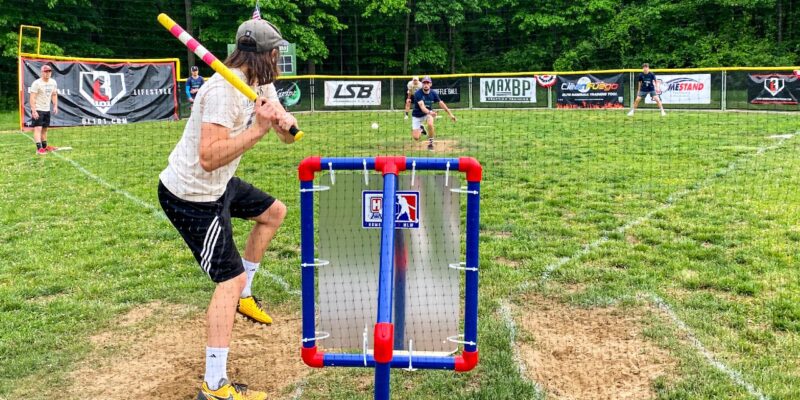



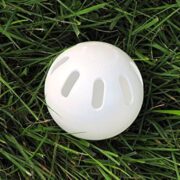

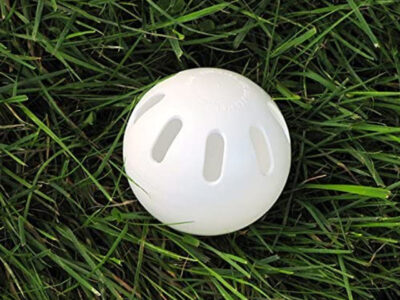

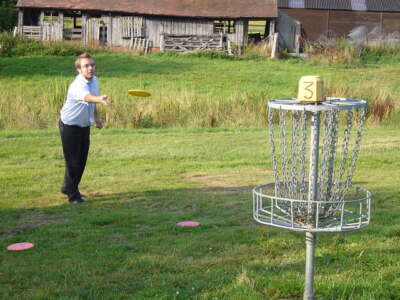




Comments